Interview with Gürkan Demir, Ulusal Kanal Iran Representative
Interview with Gürkan Demir, Ulusal Kanal Iran Representative
Following the Israeli strikes on Iran on June 13, global media widely speculated on the consequences of the attack, including its potential to destabilize the Iranian regime. However, on the ground, a very different picture emerged—one of rapid military response, civilian mobilization, and political unity. United World International spoke with Gürkan Demir, Ulusal Kanal’s (Turkish TV) Iran correspondent, who closely followed the developments in Tehran and other regions. Demir offers firsthand insights into how the Iranian state and society reacted to the escalation, managed the crisis, and interpreted the aftermath of what some call the first direct war between Iran and Israel.
Public morale and reaction: From shock to resistance
What was the morale of the Iranian people from the moment of the attack until the ceasefire? How did the people interpret the situation and the course of events?
On the morning of June 13, both the Iranian public and the state administration were jolted awake by a wave of shock. People had been roused in the middle of the night by the sound of explosions. However, the initial shock did not last long. Once the nature of the attack became clear, a series of swift and coordinated actions followed. Emergency response units—including medical teams, firefighters, and Red Crescent personnel—were rapidly mobilized and dispatched to the sites of destruction to rescue injured military personnel, nuclear scientists, and civilians. Ayatollah Khamenei, the Leader of Iran’s Islamic Revolution, promptly appointed replacements for the senior military officials who had lost their lives that day. This ensured continuity and prevented any disruption in the military chain of command. Despite the loss of the Chief of General Staff, the Commander of the Revolutionary Guards Corps, and the Commander of the IRGC Air Force, Iran launched powerful missile operations against Israel in less than 18 hours.
From noon onward, crowds began to gather in public squares across the country. On one side, the missiles launched toward Israel were met with cheers and applause; on the other, Iran’s air defense systems—especially those countering UAV and UCAV attacks—drew intense public attention. As the trails of anti-aircraft fire lit up the sky, people expressed their emotions with cries of “Allahu Akbar” and chants of “Down with Israel.” Until Iran launched its first counterattack, the public maintained a tense emotional restraint. But as soon as the missiles were fired, their long-suppressed anger erupted, finding release in the sight of retaliation.
In the days following the initial attack, people poured into the streets, highways, and public squares—sometimes risking their lives—to show their support for the religious leadership and the military. Amid the psychological warfare of Trump’s “leave Tehran” rhetoric and Tel Aviv’s “Tehran is on fire” propaganda, the turnout for Friday prayers—especially one week after the assault—became a striking demonstration of morale, motivation, and unwavering belief in victory. Under the constant threat of renewed bombardment, the people stood their ground, defying Israel, the United States, and even death itself.
Each evening, car and motorcycle convoys took to the streets. Leading the processions were vehicles broadcasting anthems proclaiming “Death to Israel.” These displays of resistance were not limited to the capital, Tehran—they echoed throughout cities across the country. A popular sentiment emerged among the people: “One Salami (IRGC Commander) goes, a thousand Salamis come—we are all Salamis.” As a journalist who closely followed the Iranian people’s resolute stance over the course of 12 days, I can affirm that from the moment of the first attack, the psychological upper hand clearly shifted to Iran.
Rapid state response amid civilian targets and cyberattacks
What steps did the state take after the first Israeli attack? Did these steps change the course of life?
Israel and its agents within Iran launched coordinated attacks targeting civilian infrastructure. Key facilities such as water and electricity systems, oil depots, and the banking sector were among the primary targets. In response, the government acted swiftly to ensure that the population’s basic needs were met. The food supply chain was secured in a controlled and orderly manner. At no point did scenes of “looted markets” emerge. In Tehran, where a major water line had been directly hit, repairs were carried out promptly. Damaged electricity transformers were also rapidly replaced.
Although there was no interruption in vehicle fuel supply, long queues formed at gas stations. To address this, the authorities established dozens of mobile fuel outlets across the city. At the same time, internet restrictions were introduced to repel intense cyber-attacks launched by Israel, to curb destabilizing activity on social media, and to sever communication between domestic agents and foreign actors. While this initially appeared to hinder public communication, it actually helped the country cross a critical threshold in wartime defense. The national internet infrastructure was activated, and the cyber-attacks were successfully repelled.
Two banks were temporarily unable to provide service for a few days during the cyber-offensive, but government intervention ensured that both resumed operations soon after. Citizens’ financial assets were safeguarded, and their rights fully restored. On the day of the attack, both domestic and international flights were suspended. Nevertheless, the country’s road and railway networks remained operational, and none of the border crossings were closed. Additional intercity bus and train services were temporarily suspended to streamline logistical operations. In the northern regions, bakeries operated around the clock. Hotels, hostels, and vacation homes were opened to citizens free of charge.
The government announced that, in the event of further escalation, subways, schools, and mosques would be designated as public shelters. However, beyond the first few days, it became evident that people largely ignored these facilities. Instead of seeking refuge, they chose to spend their time in public squares—opting for collective presence over shelter.
“Regime change” calculations collapse in the face of national unity
The imperialist-Zionist press reported and evaluated that “the people, fed up with the Iranian regime, are ready to rise up and overthrow the regime”. What was the attitude of different political lines, circles and opponents in Iran?
It became evident that the strategic objective of the attacking forces was to trigger a change of government in Iran. However, these plans backfired. Instead of sparking internal dissent, the attacks led to an unprecedented show of unity among various political currents. Even groups that had occasionally criticized the government took a clear and public stance against the Israeli aggression.
A nationwide campaign under the slogan “sacrifice my life for my homeland Iran” quickly gained momentum. Iranians living abroad also took part in this mobilization. Social media users with hundreds of thousands of followers were highly active, and among them were individuals from all segments of society. On the ground, no distinction was made between conservatives and secularists. Both groups stood united, shoulder to shoulder, in the public squares.
The loyalty of Iran’s diverse ethnic communities—whom the CIA and Mossad had hoped to mobilize—was also put to the test. These communities ultimately sided with the state and the military, not with the imperialist and Zionist agenda. Attempts by exiled figures such as Reza Pahlavi (the son of the last Shah), Masih Alinejad, and Nazanin Boniadi—backed by CIA and Mossad channels—to launch campaigns calling for regime change found no traction. With the failure of the Israeli offensive, these individuals were once again swept into the dustbin of history.
Efforts were also made to activate terrorist organizations such as PKK/PJAK, IKDP, KOMALA, and PAK. In successive declarations, these groups announced their readiness to take action to overthrow the Iranian government and called for a popular uprising. Yet these calculations, too, failed. Their arms shipments to various locations within the country were intercepted and dealt heavy blows.
Victory claimed, truce questioned
There are those in the world who say that Iran did not win the war and that a truce was reached. What do the Iranian leadership and people say?
Tehran is deliberately cautious about using the term “ceasefire.” Both the Iranian leadership and the public express a unified message: “Israel started it; we brought it to an end,” and “Our firm stance and overwhelming response forced Israel and the United States to halt their aggression.”
Nevertheless, Tehran does not dismiss the possibility that the United States and Israel may regroup and strike again after further preparations. As a result, Iran remains on high alert, with its forces in a state of readiness. The government has declared that any renewed attack will be met with an even more devastating response—and it is actively preparing for that scenario. Meanwhile, the Iranian people have already shown, particularly during funeral ceremonies, that they will once again stand firmly with the military if a similar attack occurs.


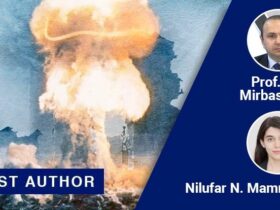
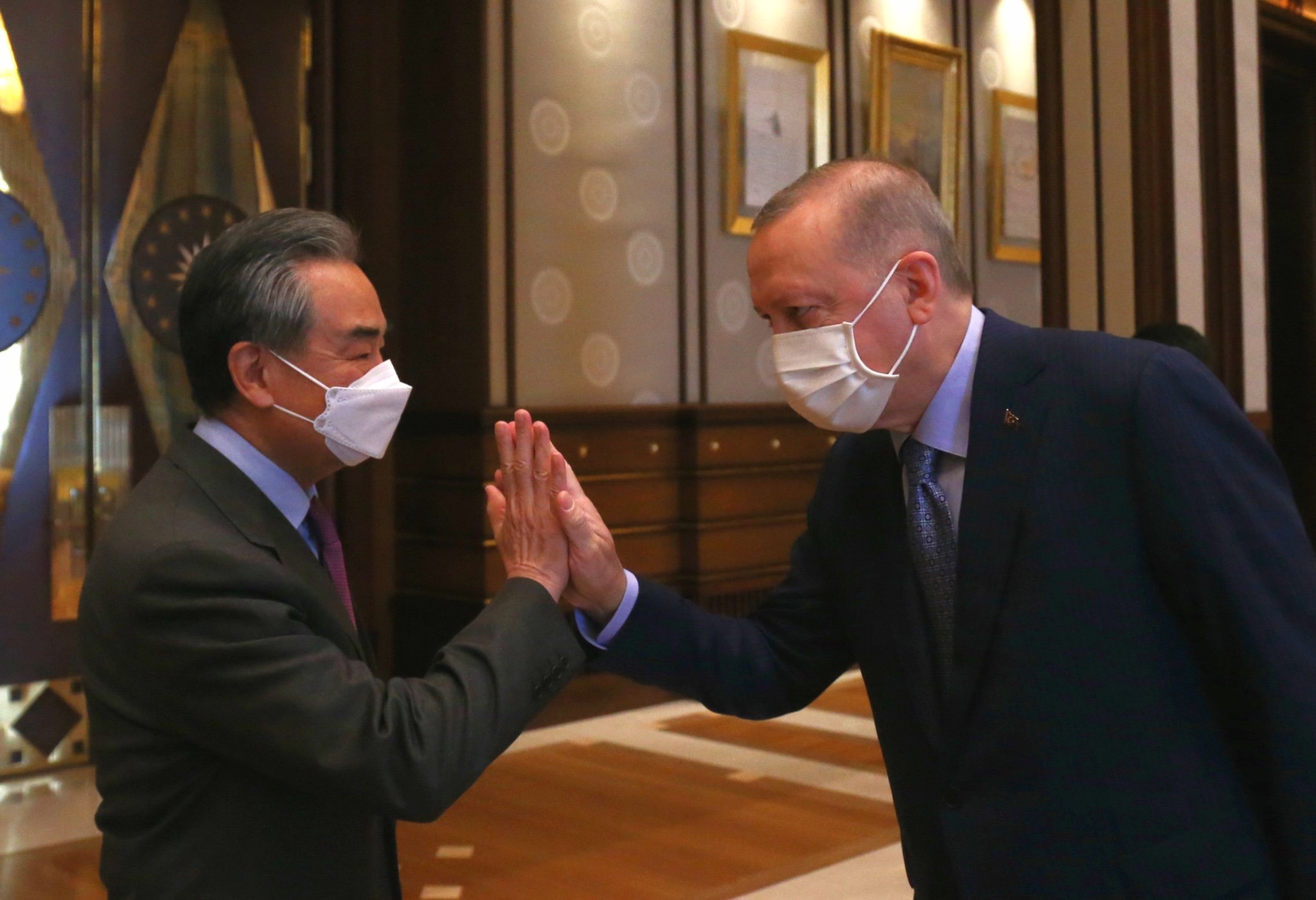
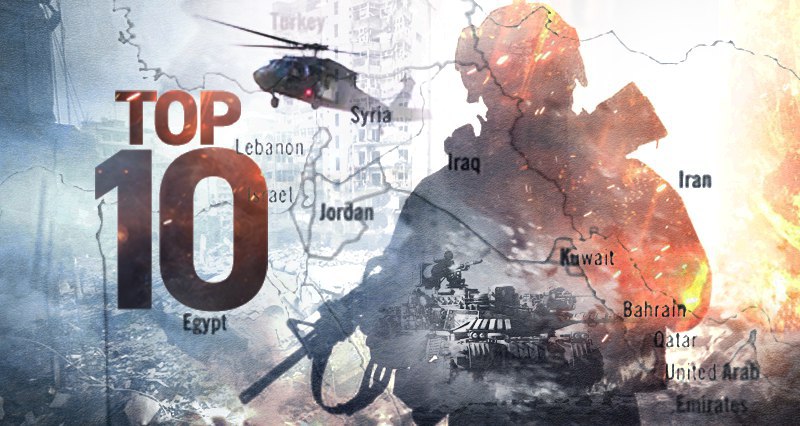
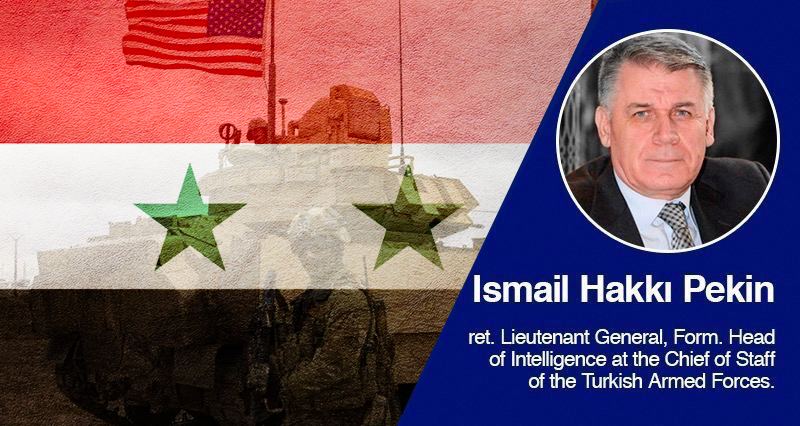

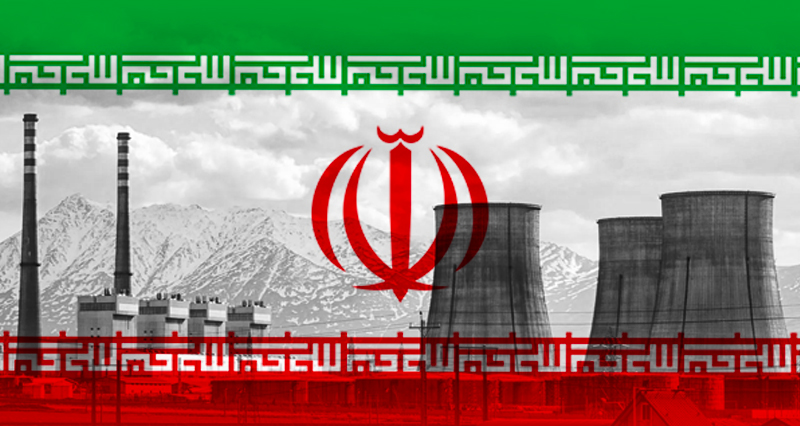
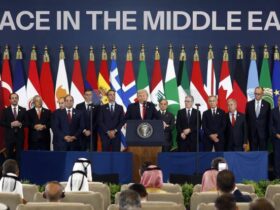

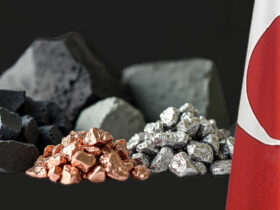
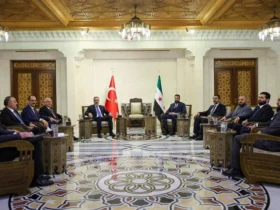


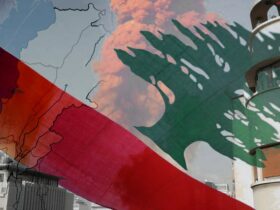
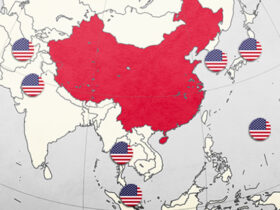
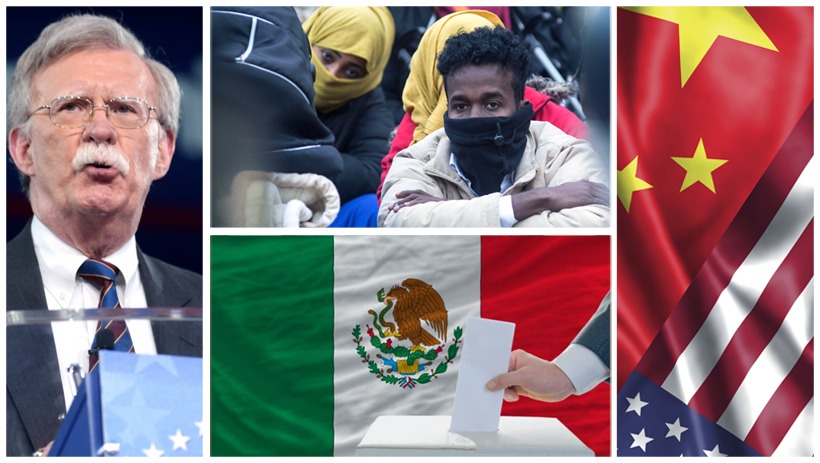
Leave a Reply